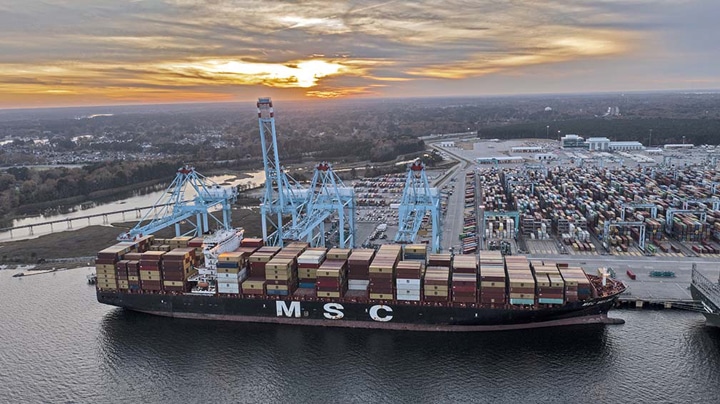
UNITED Kingdom-based think tank Oxford Economics said that while global trade has surpassed the prepandemic expectations, emerging markets in Asia might be among those that will stand to benefit from goods trade as these markets have maintained their new exporting records.
“Global supply-chain pressures are now lower than precrisis and global trade volumes remain well above precrisis levels. Goods trade benefited emerging markets [EM] in the last year or two, with terms of trade rewarding commodity traders and major manufacturing hubs, especially in EM Asia, maintaining their new exporting records,” Oxford Economics said in its Research Briefing on Monday.
The think tank showed that EMs benefited the most from the increased global goods trade of the post-pandemic era. Meanwhile, advanced economies’ (AEs) spending spree during the initial phase of the pandemic recovery certainly played the biggest role.
It noted that increased merchandise exports persisted for the EMs even now that most of the “consumer bonanza” is over.
Meanwhile, the think tank said while emerging markets business sentiment “rebounded” strongly in 2023, it’s largely thanks to China’s reopening.
However, while short-term leading indicators suggest this is “likely to persist” a while longer and it might be EMs that currently stand to benefit relatively from goods trade, it’s only the advanced economies’ healthy demand that makes it possible.
According to the Philippine Statistics Authority (PSA), the country’s export earnings posted a positive growth for the first time in six months in May 2023, with electronic products accounting for 57.5 percent or the largest share in the country’s exports pie.
The People’s Republic of China was the country’s top export and import destination.
China accounted for the highest export value amounting to US$1.07 billion, or a share of 16.6 percent to the country’s total exports during the month.
Other top export markets are the United States with US$1.01 billion or 15.7 percent of the total; Japan with US$930.56 million or 14.4 percent; Hong Kong with US$665 million or 10.3 percent, and Netherlands with US$346.65 million or 5.4 percent.
Meanwhile, China was also the country’s biggest supplier of imported goods valued at US$2.60 billion or 24 percent of the country’s total imports in May 2023.
Rizal Commercial Banking Corporation (RCBC) Chief Economist Michael Ricafort stressed last week that “Trade deficit/Net imports already among the narrowest in more than a year, thereby partly supporting the stronger peso exchange rate recently [peso among the strongest in 2 months]; also after relatively lower global oil and other commodity prices amid risk of recession in the US.”
Ricafort said, “still relatively higher prices/inflation and interest rates/borrowing costs, locally and globally, also partly weighed on demand for some imports that helped narrow the trade deficit/net imports.”
As for the exports growth, he said exports recovered to six-month highs after the pickup in electronic/semiconductor exports, which are the country’s largest exports. The growth in exports may be attributed, he said, to the easing of prices, “especially lower prices of global oil and other major commodities that reduced the input costs of exporters.”
Image credits: AP
